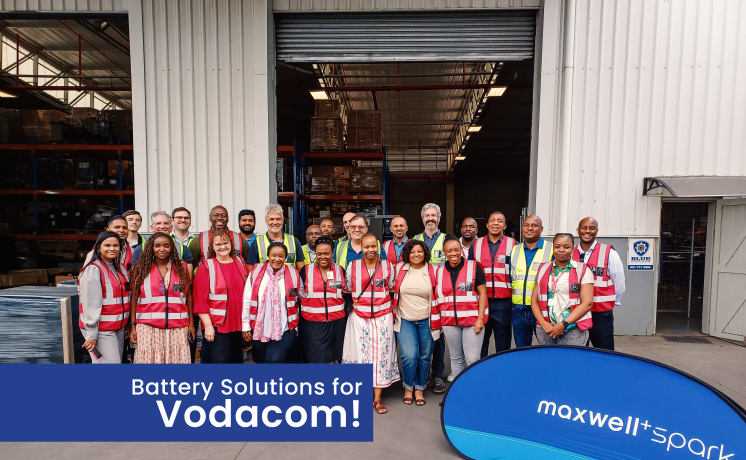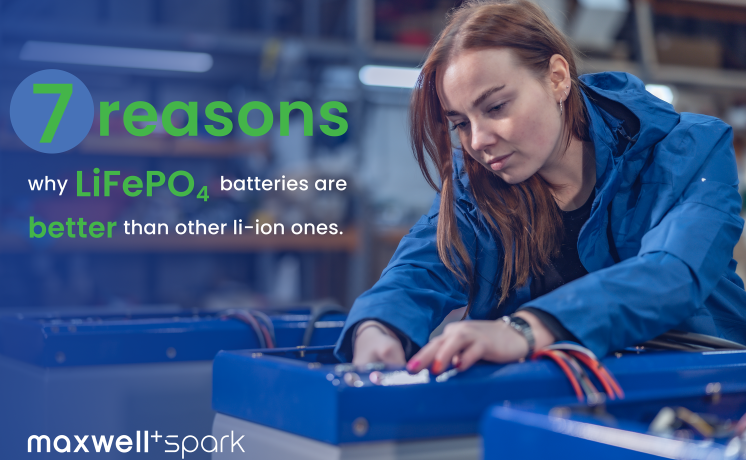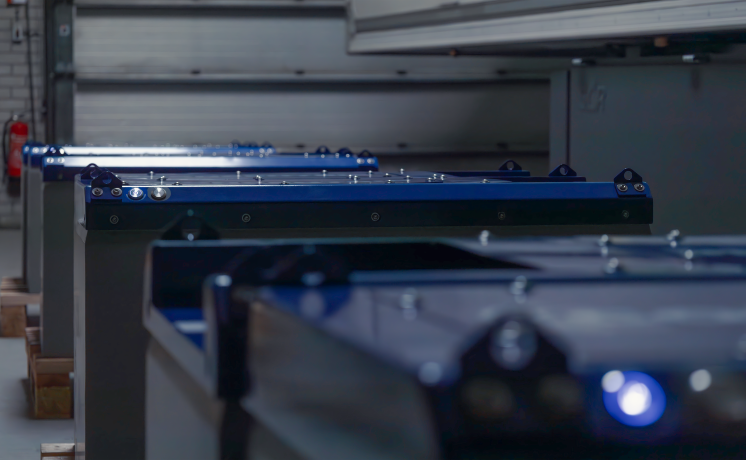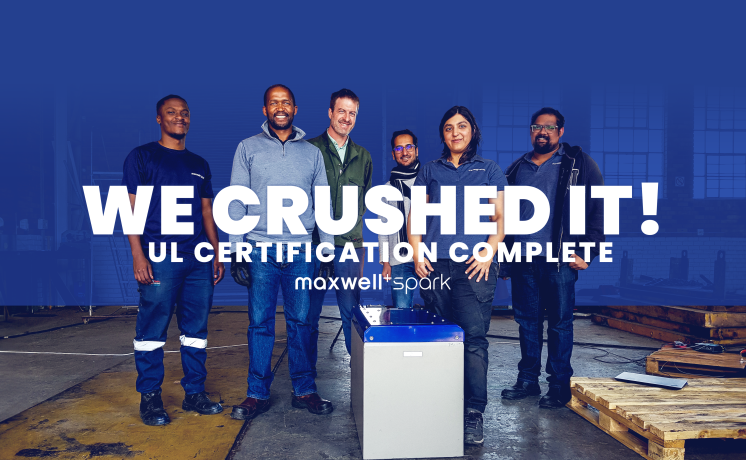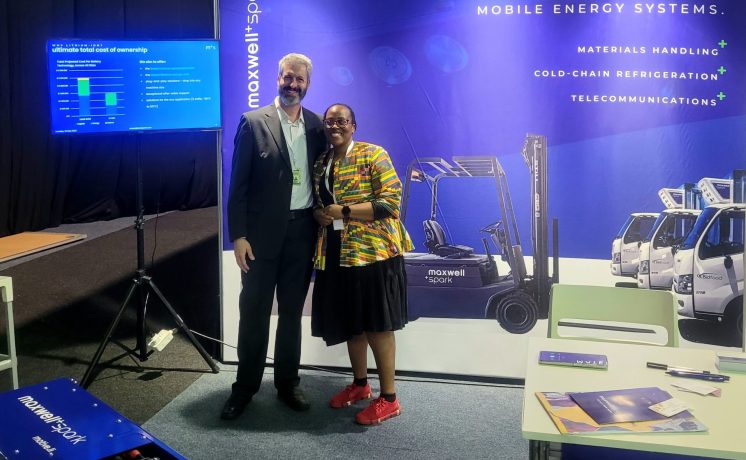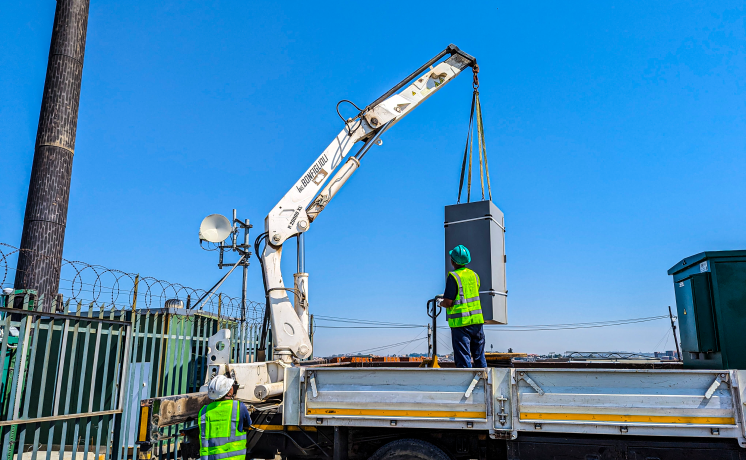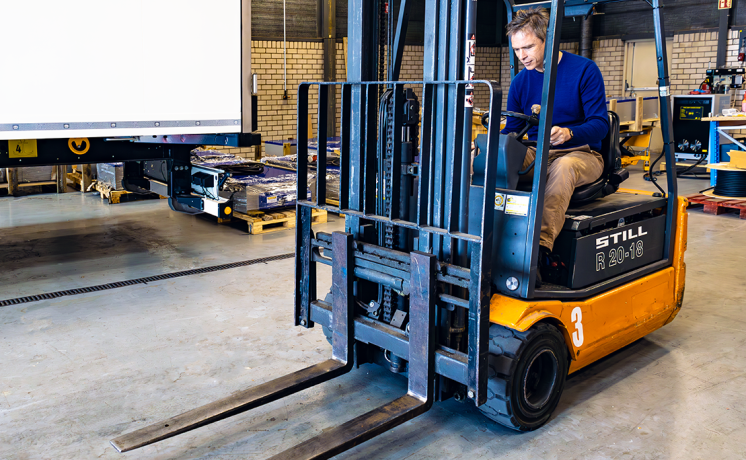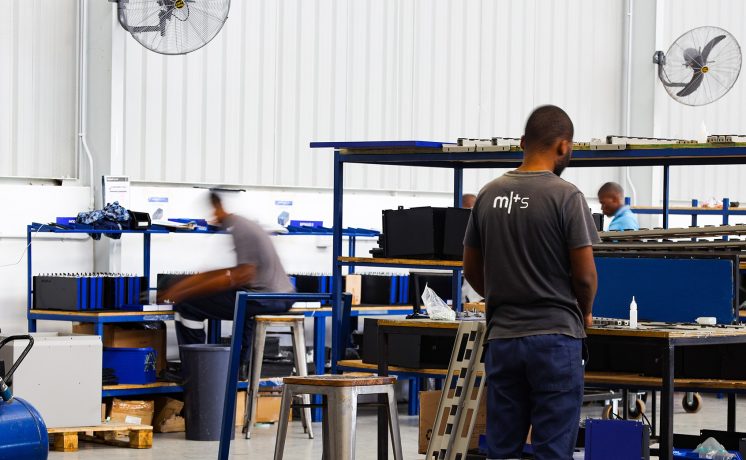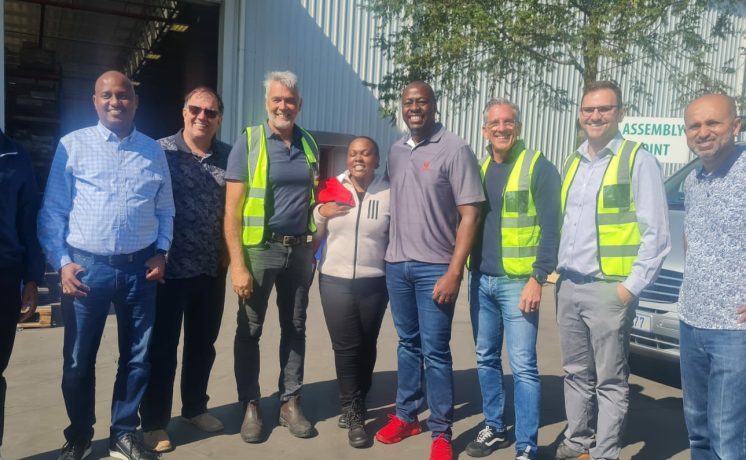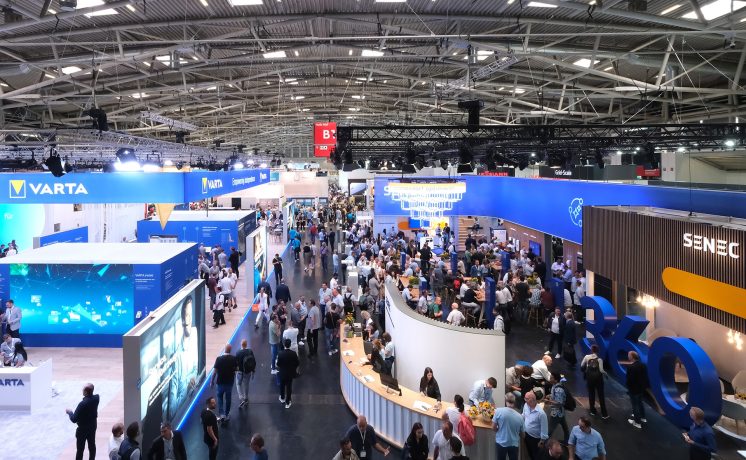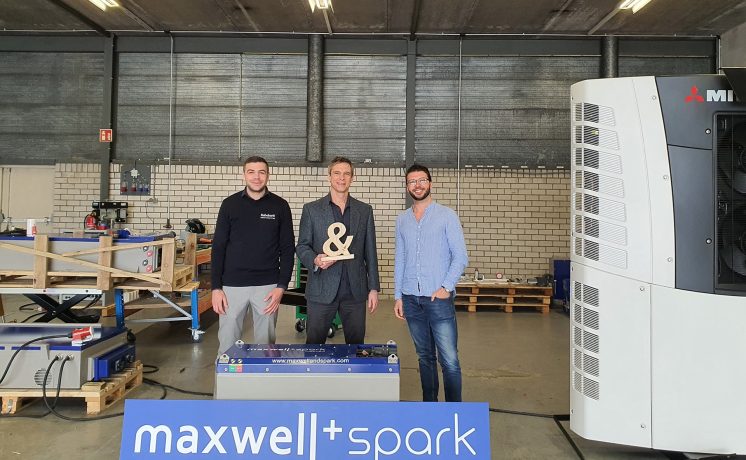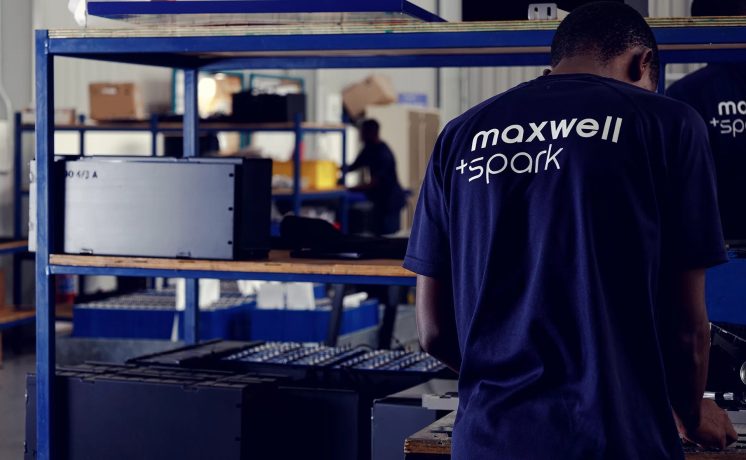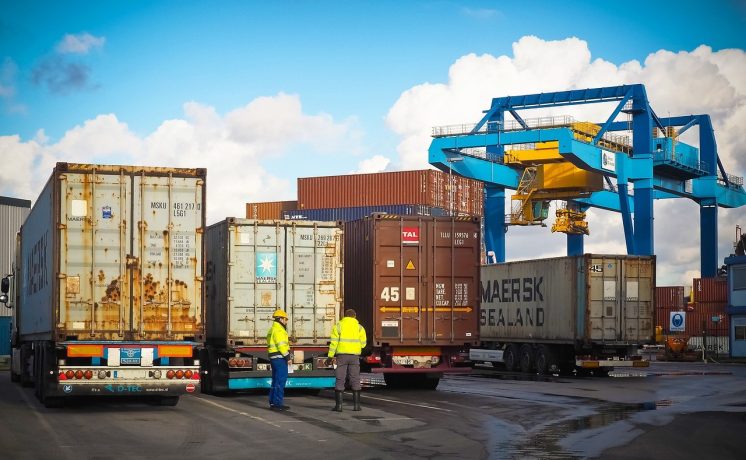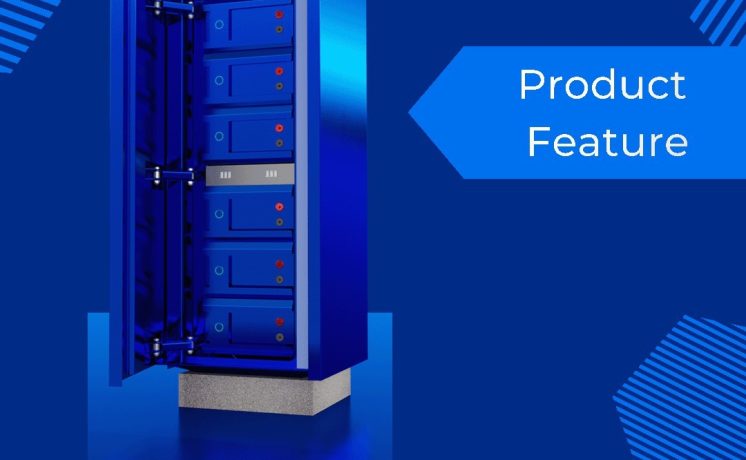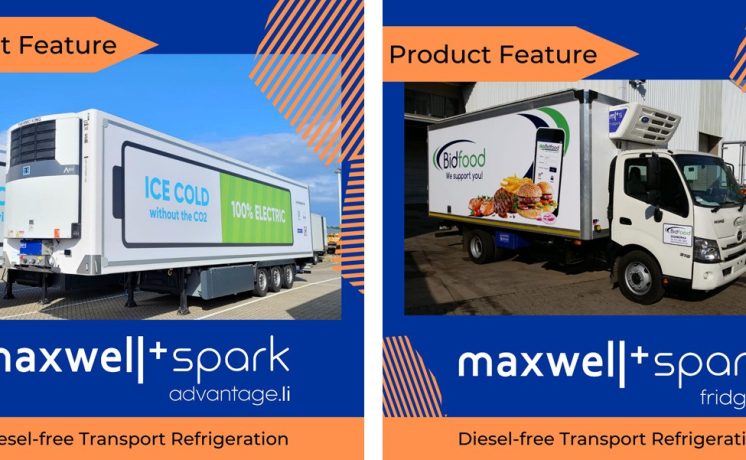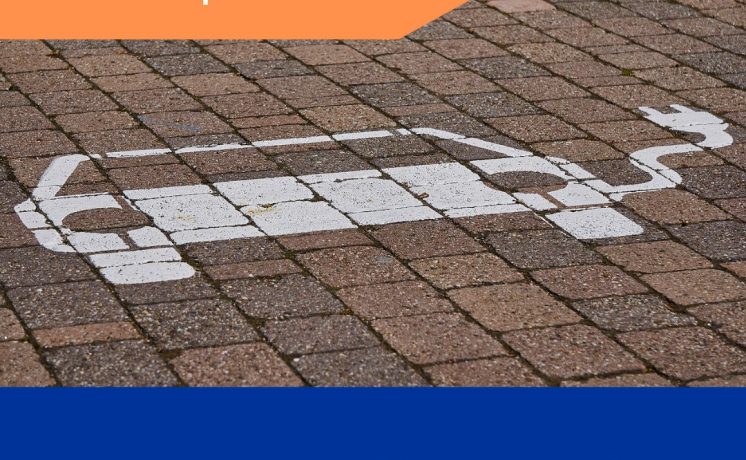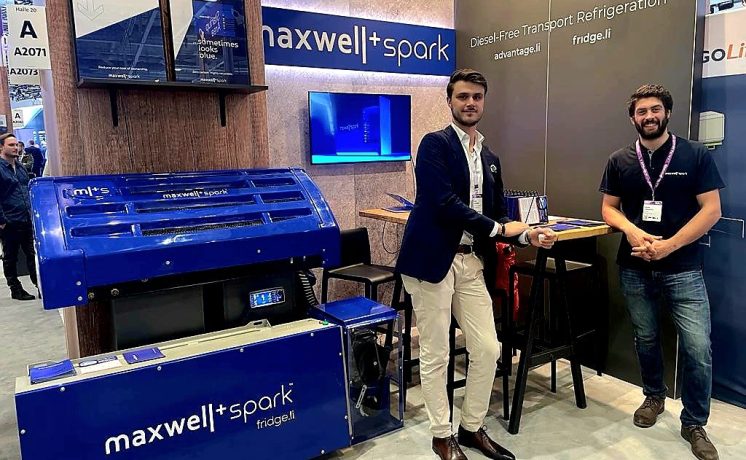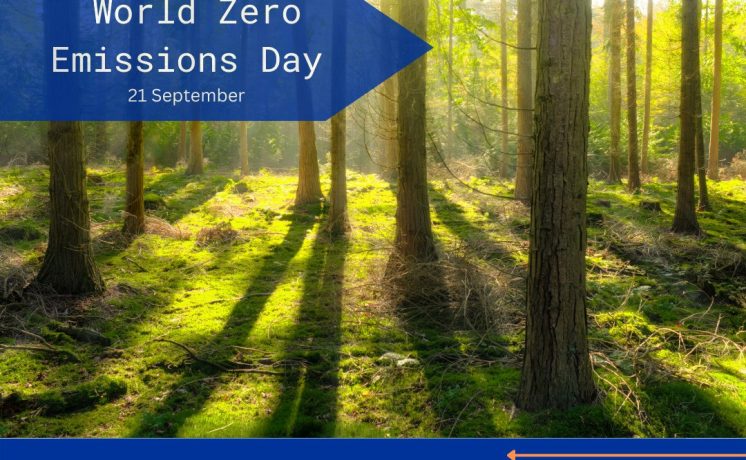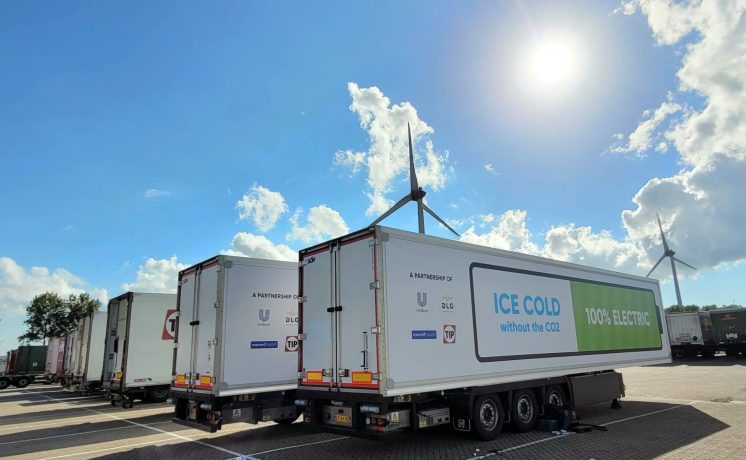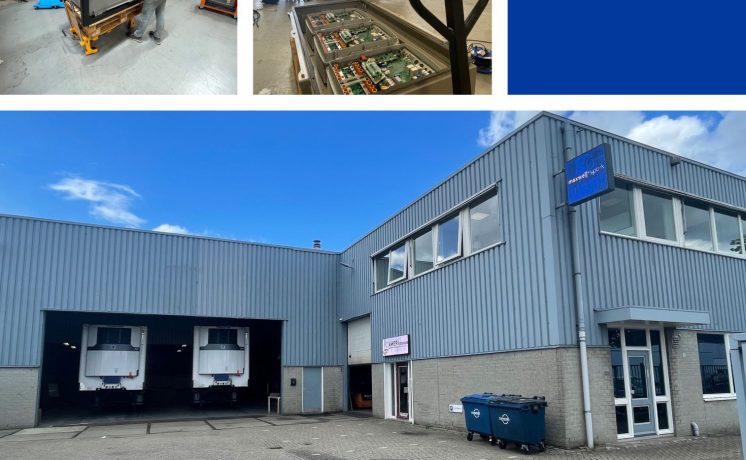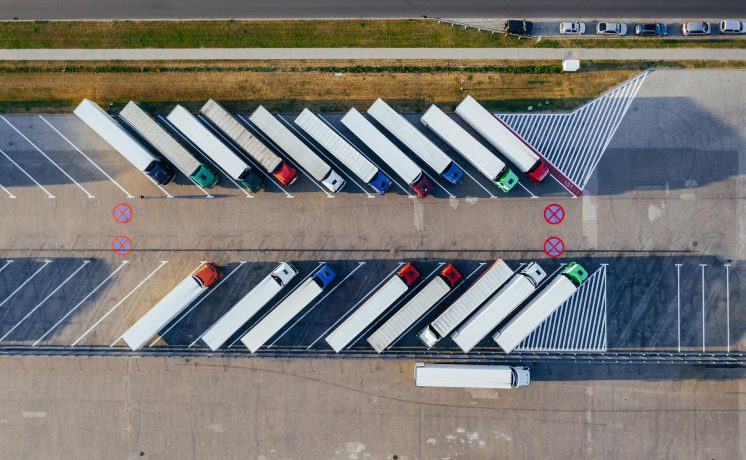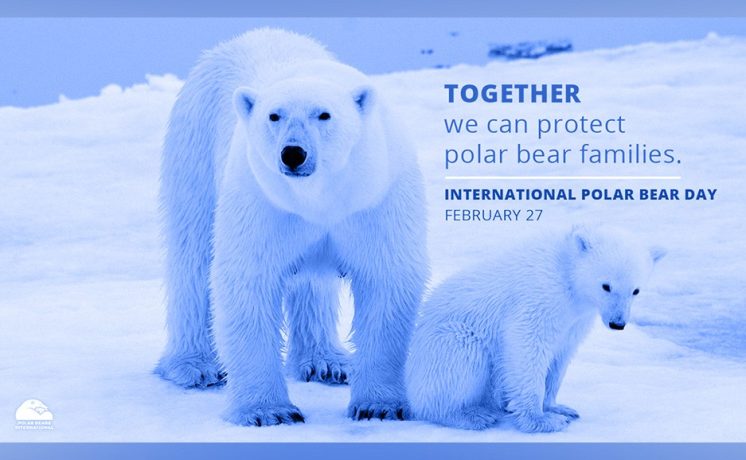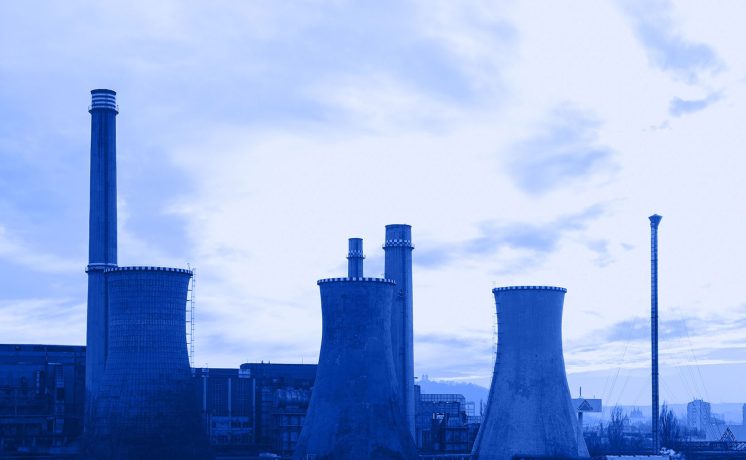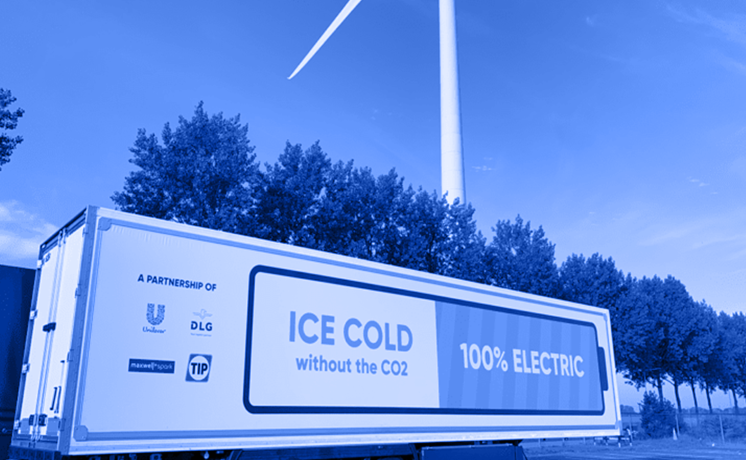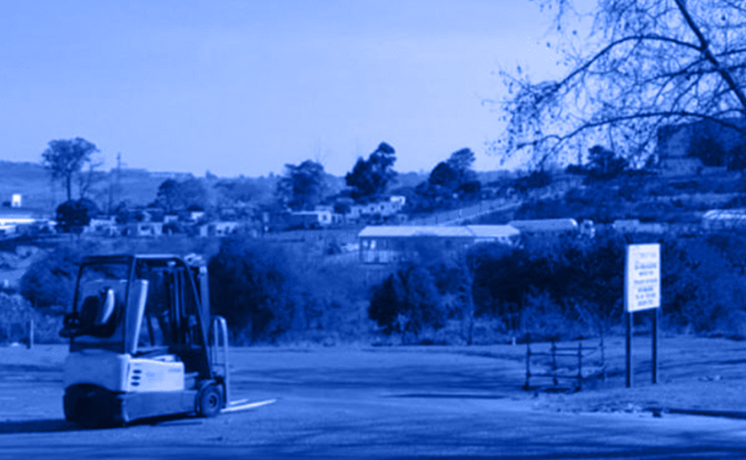Written by Nicole Rimensberger
In the wake of the 26th session of the Conference of the Parties (COP26), the Glasgow Climate Pact emerges, after weeks of talks, as the tool to limit the rise in global temperature to 1.5⁰C. However, whether the Pact will deliver on this depends largely on promises turning into action, namely phasing down coal power, halting and reversing deforestation, speeding up the switch to electric vehicles and reducing methane emissions.
Almost 200 countries were represented at the conference and were asked for their plans to cut CO2 emissions by 2030. A call was also made to return in 2022 with more stringent pledges to reduce greenhouse gas emission as well as making more funding available to support nations particularly vulnerable to climate change. This follows on the pledges made during the 2015 summit under the Paris Agreement, which set the goal of keeping global warming to 1.5⁰C.
Reflecting on the path ahead, COP26 President Alok Sharma said: “We can now say with credibility that we have kept 1.5 degrees alive. But, its pulse is weak and it will only survive if we keep our promises and translate commitments into rapid action. I am grateful to the UNFCCC [United Nations Framework Convention on Climate Change] for working with us to deliver a successful COP26. From here, we must now move forward together and deliver on the expectations set out in the Glasgow Climate Pact, and close the vast gap which remains. Because as Prime Minister Mia Mottley told us at the start of this conference, for Barbados and other small island states, ‘two degrees is a death sentence’. It is up to all of us to sustain our lodestar of keeping 1.5 degrees within reach and to continue our efforts to get finance flowing and boost adaptation. After the collective dedication which has delivered the Glasgow Climate Pact, our work here cannot be wasted.”
The Glasgow Climate Pact, although not legally binding, is a call to action, a blueprint for addressing the climate crisis. It is up to not only governments, but also the private sector to orientate towards a cooler, more sustainable future.
Cool tech. Cooler world.
The maxwell+spark fridge.li refrigerated trucking system is designed to make a difference to CO2 emissions in the transport industry by moving from dirty fossil fuels to 100% lithium-ion powered fridges. This means that there are zero emissions while the truck is on the road, and presents the opportunity of recharging from renewable energy sources. This can make a big impact, when considering that a traditional diesel transport refrigeration system emits between 10-25 tons of CO2 per year. A maxwell+spark system can reduce these emission by between 50-100% depending on charge source.
Minimising CO2 emissions across both public and private sectors, is an integral part of translating promises into action when it comes to limiting global warming to the COP26 goal of 1.5⁰C. If this can be achieved, the Glasgow Climate Pact may well be what averts the worst consequences of global warming.

